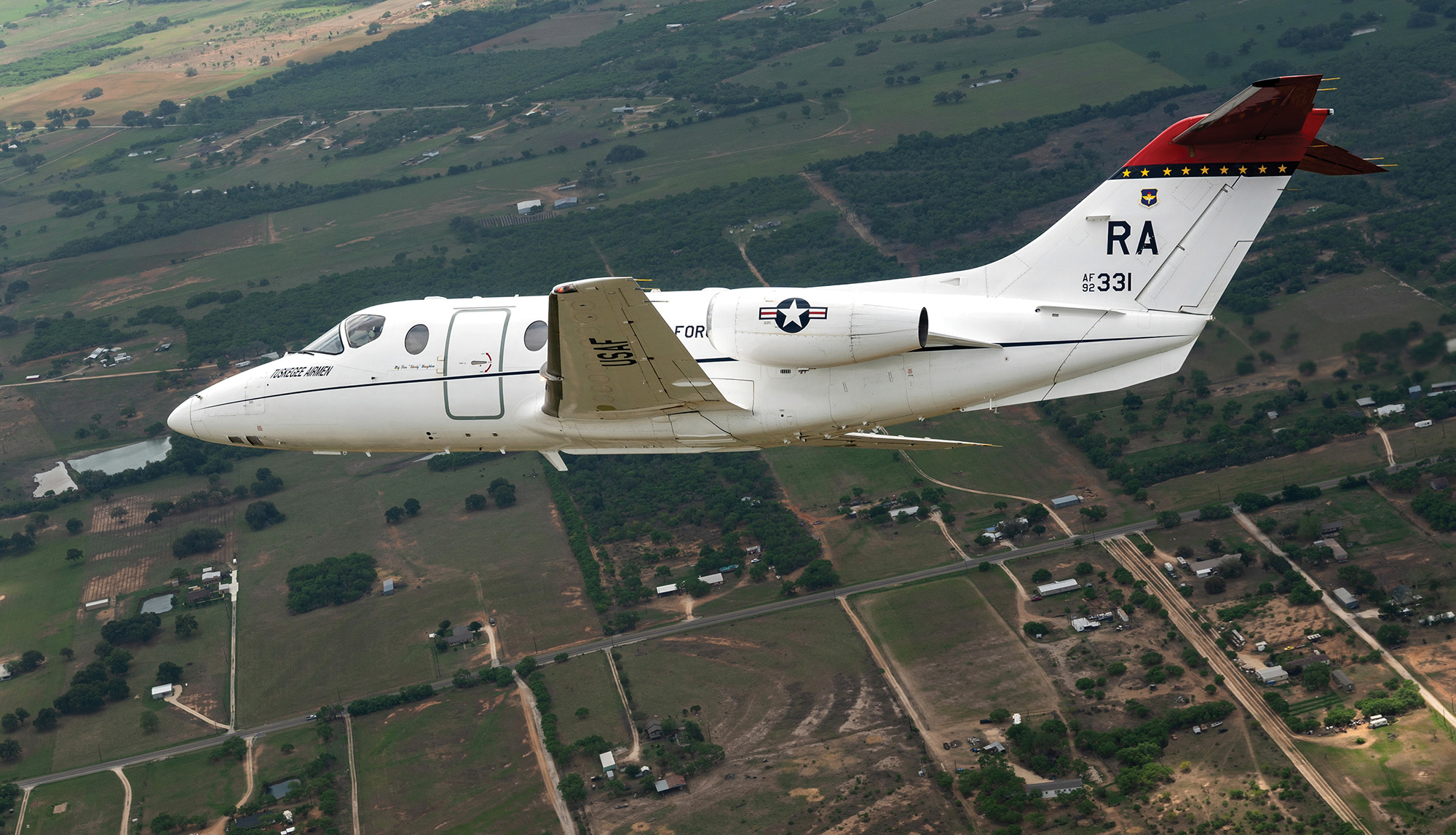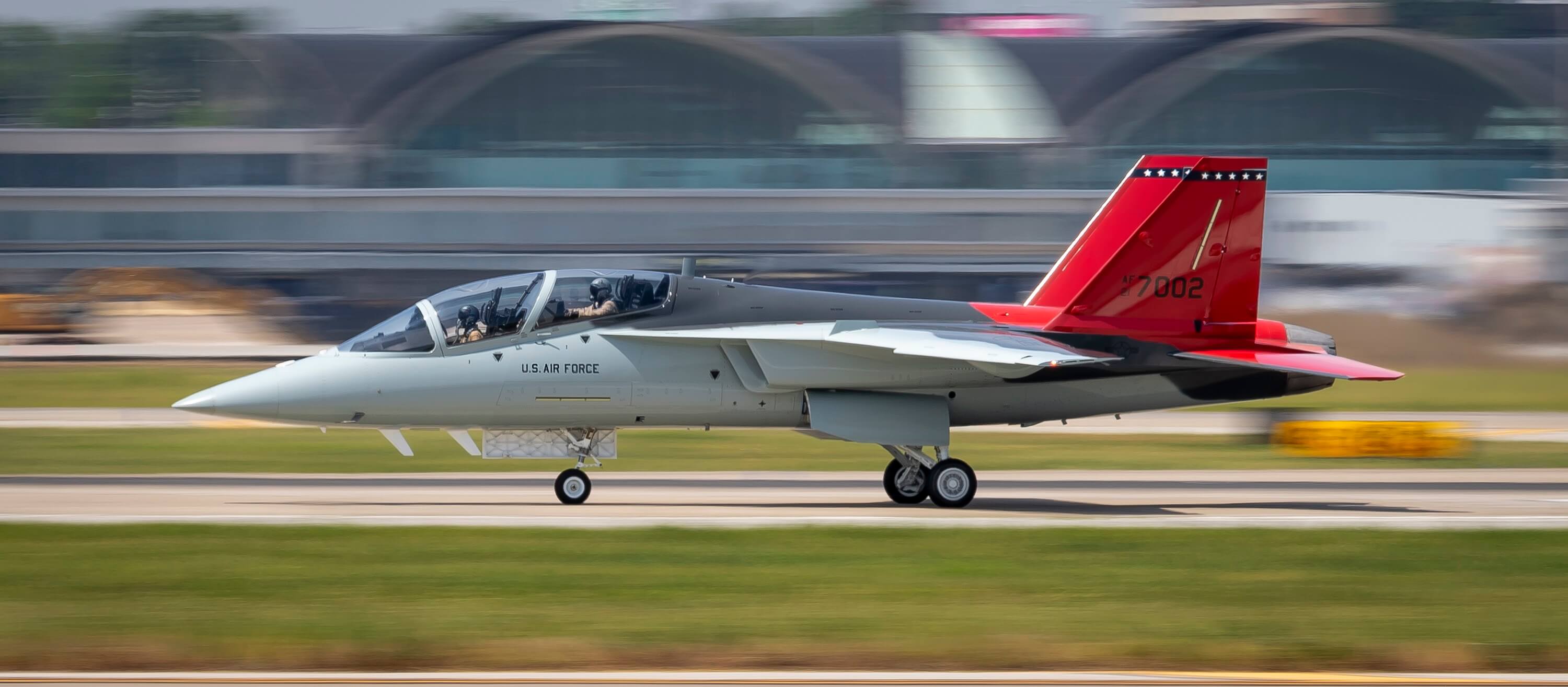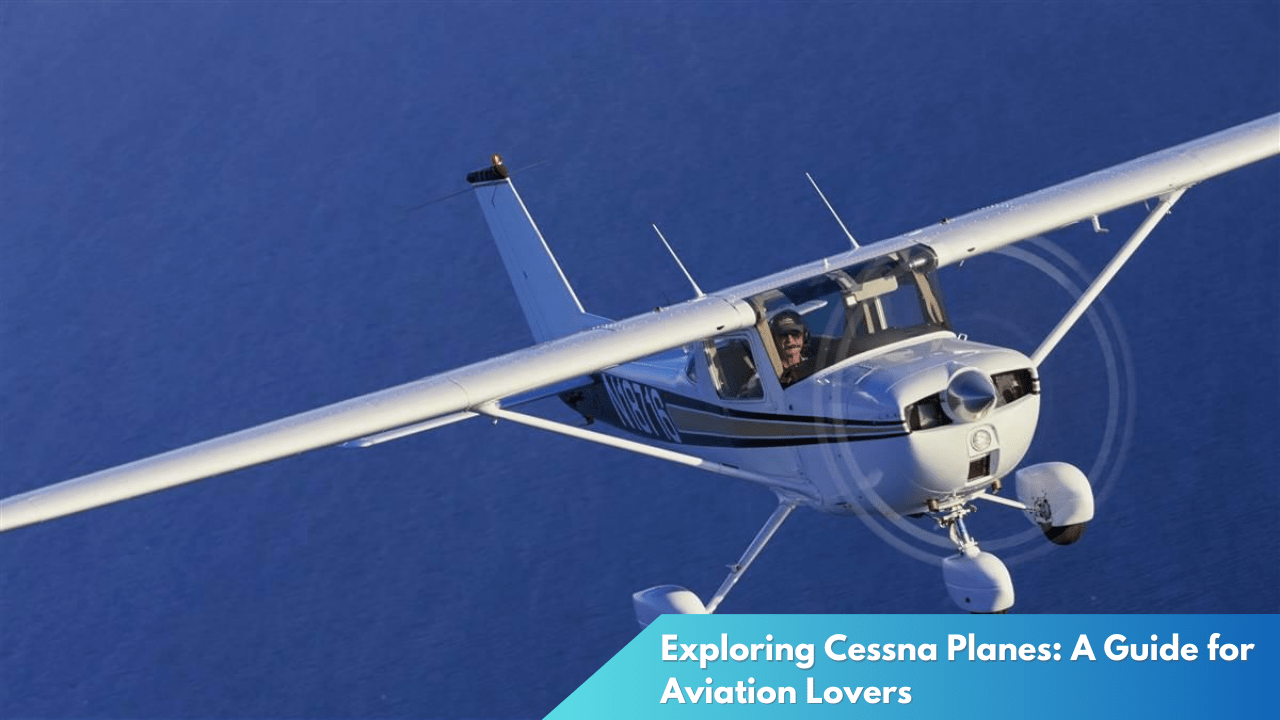USAF to Retire T-1A Fleet, Boost T-7A Red Hawk Program
In a strategic move to modernize its training capabilities, the United States Air Force (USAF) has officially announced plans to retire its aging fleet of T-1A Jayhawk aircraft. This decision paves the way for increased investment in the advanced T-7A Red Hawk program, reflecting a broader initiative to enhance pilot training efficiency and effectiveness. The transition underscores the USAF’s commitment to integrating cutting-edge technology into its training regimens, ensuring that future aviators are equipped with the skills needed for modern aerial threats and challenges.
USAF Announces Plan to Retire Aging T-1A Fleet

The T-1A Jayhawk, a staple in the USAF’s pilot training program for nearly three decades, is set for retirement as the Air Force shifts focus to newer, more technologically advanced aircraft. Introduced in the early 1990s, the T-1A has played a crucial role in training pilots for airlift and tanker roles. However, as the demands of modern warfare and aviation have evolved, so too has the need for more sophisticated training tools capable of preparing pilots for the complexities of contemporary aerial operations.
The decision to retire the T-1A fleet is part of a broader strategy to revamp the USAF’s training protocols. While the T-1A has served the Air Force well, advancing age and the increasing costs of maintenance and upgrades have made it less viable in the long term. By phasing out the T-1A, the USAF aims to reallocate resources towards more advanced training solutions that promise greater efficiency and adaptability to future demands.
This transition is not without challenges, as it involves reconfiguring training curricula and ensuring that current training objectives are met during the phasing-out process. The USAF is committed to maintaining rigorous training standards and is working closely with training commanders and instructors to ensure a seamless transition. The retirement of the T-1A fleet marks the end of an era but also heralds the beginning of a new chapter in the Air Force’s training evolution.
Investment Grows in Advanced T-7A Red Hawk Program

As the T-1A’s chapter closes, the USAF is channeling significant investment into the T-7A Red Hawk program. Designed with cutting-edge technology, the T-7A Red Hawk aims to revolutionize pilot training with its advanced systems and capabilities. Developed by Boeing, the T-7A is lauded for its state-of-the-art design, which incorporates digital fly-by-wire controls, open architecture systems, and a focus on adaptability, making it a versatile training platform for the future.
The T-7A Red Hawk is poised to address many of the limitations of older training aircraft. Its modern avionics and flexible design enable a more realistic and comprehensive training experience, preparing pilots for the dynamic nature of modern air combat. Additionally, the T-7A’s efficient design is expected to reduce operational costs and improve overall training outcomes, offering a win-win for both the USAF and its trainees.
The increased investment in the T-7A program highlights the USAF’s commitment to future-proofing its training systems. By adopting the T-7A, the Air Force is not only enhancing its training capabilities but also ensuring that the next generation of pilots is equipped to handle the technological and tactical challenges of modern warfare. This strategic shift represents a significant leap forward in the USAF’s ongoing mission to maintain air superiority and readiness.
The USAF’s decision to retire the T-1A fleet and invest in the T-7A Red Hawk program marks a pivotal shift in military aviation training. By embracing cutting-edge technology and modernizing its training platforms, the Air Force is positioning itself to meet the demands of contemporary and future combat scenarios. This transition is a testament to the USAF’s dedication to innovation and excellence, ensuring that its pilots remain at the forefront of aerial warfare capabilities. As the T-7A Red Hawk begins to take center stage, the Air Force stands poised to embark on a new era of training that promises to redefine the standards of military aviation excellence.



